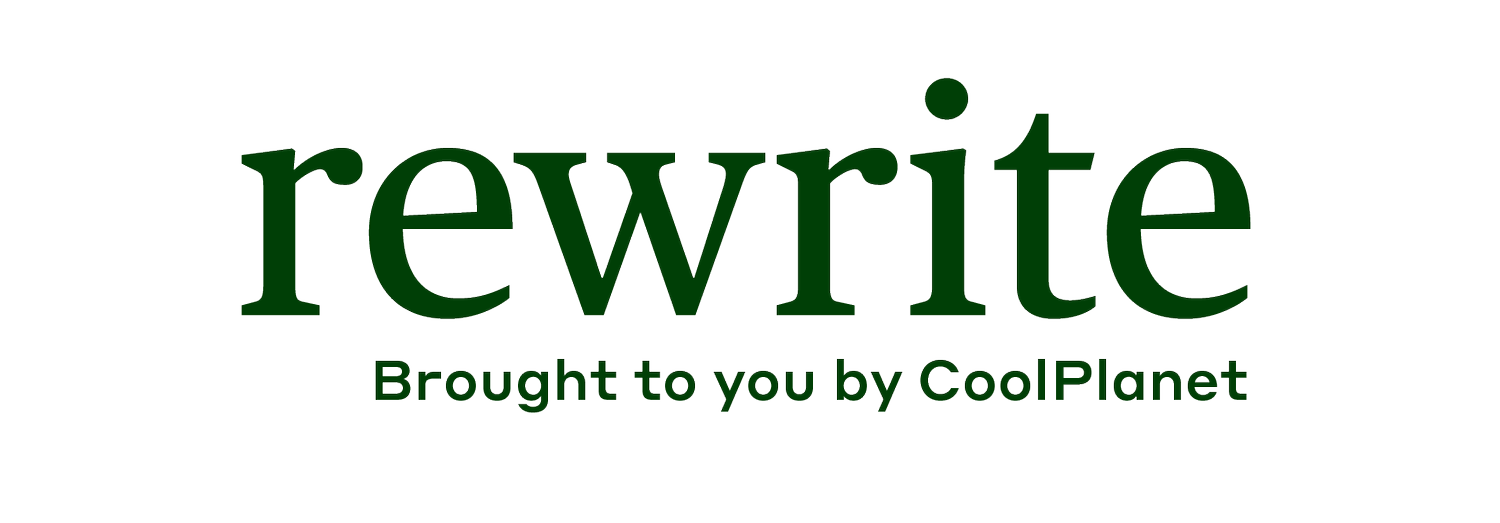Buying into a more sustainable value chain.
In our world everything is connected, so understanding the impact of our sourcing and buying decisions is critical. Ethical and sustainable procurement is now an economic and reputational imperative, and in some contexts a legal requirement.
Sustainable purchasing principles can be applied to the purchase of all major items in business: energy, water, paper, technology, equipment, machinery, product components, travel and transportation...the list goes on. The environmental impact can come from what went into making your products such as toxic compounds, to the resources used in your operations, right through to your products’ disposal.
Companies must create supply chains that are resilient, diverse, and future-proofed for global sustainability challenges. But in doing all this you will also:
Mitigate risk and protect your reputation.
Generate cost savings.
Highlight new opportunities, increased efficiencies, and reduce material input or energy.
Instil innovation in your team and possibly uncover new business opportunities and even boost the development of new products and services.
Purchasing carbon neutral products and services is an excellent way of managing Scope 3 greenhouse gas (GHG) emissions. We have great visual to help you understand emissions and scopes above.
Checklist - a practical guide
OK so here’s a checklist of actions for your procurement team, to set you on your way to create a sustainable value chain.
Communicate your vision
What are your objectives and goals - You must have clarity to get senior level buy-in. They must understand the benefits and the risks.
Know your suppliers
Communicate with your suppliers - create a new code of conduct and give an appropriate timeline so they can meet your new criteria. There’s lots of frameworks to help you, here’s two: ISO20400 and UN Global Compact Ten Principles
Assess your risk
This may take some time and effort but just get started, review all your suppliers. This is a process of continuous improvement. But very soon you’ll start to understand priority areas - you could focus on larger categories of spend first or on critical business purchases.
With better visibility, you can identify the social and environmental issues across your supply base.
Measure & map consistently
For each category of spend, analyse the risks identified to understand their potential impact on people and the environment, and their likelihood and frequency of occurrence. Scoring, ranking, and mapping risks will help you prioritise, track and share.
To decrease the burden on suppliers and your team, there are well-established disclosure systems, such as the Carbon Disclosure Project (CDP) or technology platforms to help gather all this information, so you don’t have to chase it all down.
Your Strategy
Now you have a better understanding of risks and opportunities across your supply chain - you can build out a strategy. Basically how your purchasing team will deliver on these goals, the risks, opportunities, critical categories, suppliers to target, and metrics for success.
Embed sustainability practices into the everyday
Ensure that sustainability requirements are included along the entire procurement lifecycle. Ask yourself and your team:
Are we building sustainability into our tender process?
Can I include sustainability in supplier contracts e.g. ask supplier to reduce / report on annual emissions as part of the CDP
How might my sustainability priorities be addressed within specific categories?
Can we avoid buying new?
What are our competitors doing in this category?
Is there a market for small and medium enterprises (SMEs) and social enterprises? Are my processes accessible?
What will the disposal requirements be for our different products?
Climate literacy training
Make sure everyone on your team completes a quality climate literacy training. Your team must understand the impacts of climate change in their own lives, on the planet and of course what risks it poses to the business and their livelihoods if they are to get behind your new ambition and come up with great ideas.
Positive engagement
Some suppliers might demonstrate a best-in-class approach, others may need on-site visits or further engagement to understand their challenges. But move away from a compliance only lens or a pass / fail model. Build long-term relationships fostering mutual respect - build an environment of continuous improvement.
Help your suppliers to improve their sustainability credentials and to understand why it's important to do so. Remember jobs and livelihoods are at stake.
Be mindful of how your own purchasing practices could negatively impact them.
Are you consistently late at paying suppliers?
Are your lead times putting too much pressure on suppliers?
Do your team change orders or specifications at the last minute?
Do your buyers push for prices that are too low?
Your purchasing practices pressure suppliers and often drive unethical labour practices further down the supply chain.
Ethical Trading Initiative - A Guide to Buying Responsibly
Collaboration
You should work with industry groups and even competitors to gain leverage and tackle common challenges, reduce duplication and standardise requirements. This will lessen the burden on suppliers. Working with NGOs and local governments will help you increase influence and credibility with suppliers.
Milestone Fashion Industry Charter for Climate Action launched
Transparency
Regularly communicate your progress to the wider business. How do you measure your impact? Be transparent, about your successes and challenges.
Make sure you provide information that is accessible and can be easily shared so everyone can learn from your journey.
There are lots of sustainable procurement guides available and plenty of resources online in this space to help you understand the best approach for your specific industry. Here’s one such guide from the UN: Supply Chain Sustainability: A Practical Guide for Continuous Improvement
Rewrite is an online climate education programme focussed on solutions and actions, and it’s based on hope, not fear. We believe that if we change how people feel about the issue of climate change, we can build responsiveness at every level.

